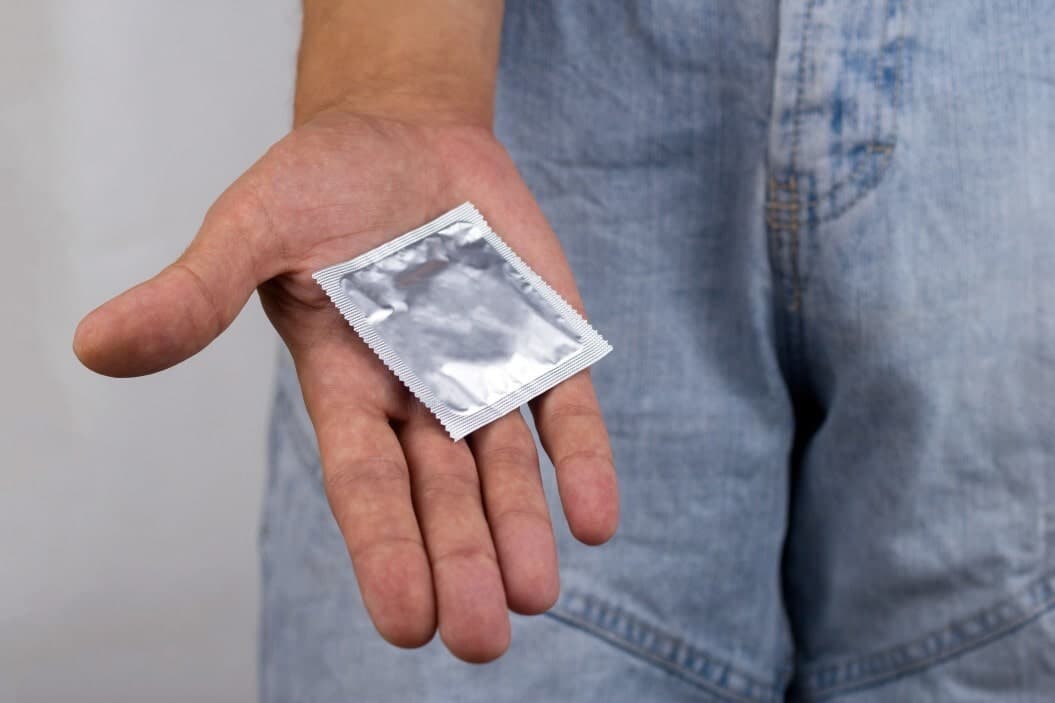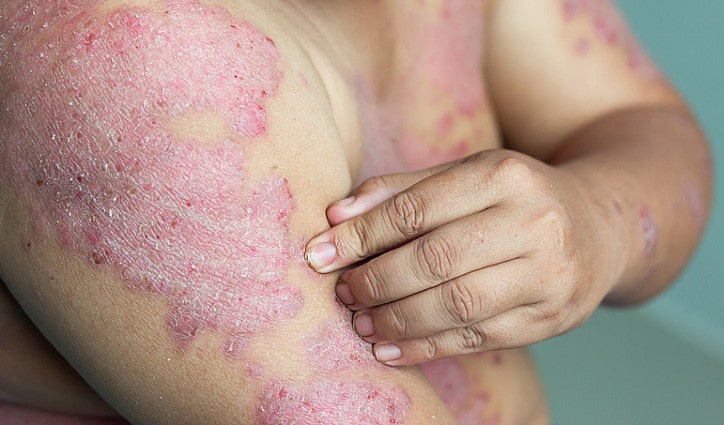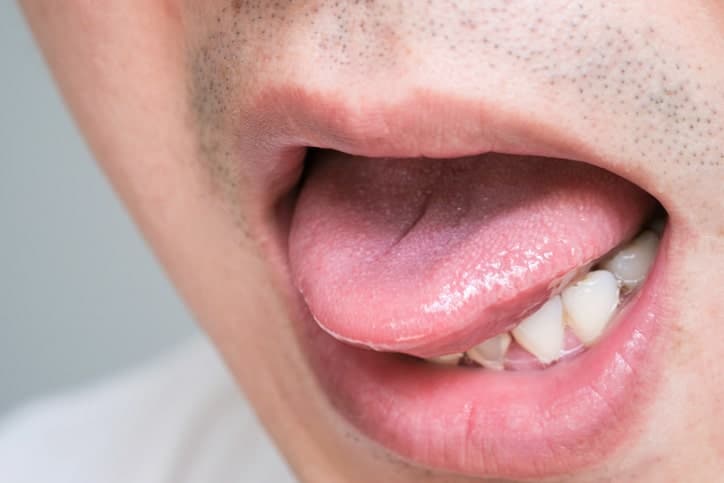Are pearly penile papules a sign of a sexually transmitted infection, and how are they different from genital warts?
It is very normal to feel a bit worried if you notice any abnormal growths in your penile region. These growths are known as pearly penile papules, which are small, benign, non-cancerous growths.
A papule is a raised, pimple-like skin growth that doesn't produce pus. Although these small and painless bumps may seem alarming, they are not only harmless, but will on most occasions disappear on their own as you age.
Research1 has shown that pearly penile papules affect nearly 8-45% of men in Singapore. They also commonly appear after puberty and are relatively more common in males who are not circumcised. With that said, penile papules can affect any other man out there.
So, are pearly penile papules sexually transmitted?
Pearly penile papules aren't sexually transmitted infections. This implies that they can appear on any man regardless of whether you are sexually active or not.
In addition, sexual activity doesn't impact the development, progression, or regression of pearly penile papules. What's more, they don't enhance your risk of contracting a sexually transmitted infection.
While most people usually associate pearly penile papules with genital warts, they are completely two different things. First and foremost, genital warts are caused by the human papillomavirus, a sexually transmitted infection.
Also, whereas pearly penile papules are rounded-shaped, genital warts are cauliflower-shaped growths that can develop on many areas within your body.
Genital warts are also highly contagious, while pearly penile papules are not contagious and only appear on the penis.

What are the symptoms of pearly penile papules?
Pearly penile papules do not cause any worrying or troubling symptoms. Also, once they develop, they don't change in shape or size and also won't spread to other parts of your penile region.
And as previously explained, they don't cause any form of pain and aren't contagious. That aside, pearly penile papules often manifest as small (1-4mm) pearly, dome-shaped raised lesions that appear under or around the corona of the glans.
They may be flesh-colored, yellow, or white and usually appear in rows. Additionally, they are not itchy and are not smelly or cause penile discharge.
What causes pearly penile papules?
Most people usually mistake pearly penile papules for signs of other sexually transmitted diseases or poor hygiene. However, it is imperative to note that this condition doesn't have any known outside cause. It is neither the result of an underlying medical condition nor an infection. The raised lesions are also not premalignant or malignant. Though the exact cause is mysterious, all medical experts agree that they are a normal anatomic variation.
How are pearly penile papules diagnosed in Singapore?
Because of their striking resemblance to other sexually transmitted infections, pearly penile papules can be easily misdiagnosed as genital warts, Fordyce spots or molluscum contagiosum. This can lead to unnecessary distress, uneasy treatment plans as well as relationship problems.
Pearly penile papules are typically diagnosed based on close examination or inspection of the lesions. It is critical that the examination is conducted by your doctor so that a correct diagnosis of pearly penile papules is realized - don’t self diagnose!
Some factors your doctor should take into consideration include;
- Number
- Size
- Shape
- Symmetry of the distribution of the bumps
Whereas pearly penile papules are usually localized to the penile region, both molluscum and warts tend to affect nearly any part of your genitals.
What is the difference between pearly penile papules and genital warts?
| Genital Warts | Pearly Penile Papules | |
| Related to sexual activity | Yes | No |
| Cause | Human papillomavirus | Unknown |
| Shape | Cauliflower-shaped | Round-shaped |
| Size | Large, asymmetrical | Small, localised |
| Contagious | Yes | No |
| Location | Anywhere on the body | On the genitals; usually localised to the penile corona (area between the shaft and head of the penis) |
What is the difference between pearly penile papules and molluscum contagiosum?
| Molluscum Contagiosum | Pearly Penile Papules | |
| Caused | Molluscum contagiosum virus | Occurs independently of any infection or external stimulus |
| Shape | Round and fairly harder | Fleshy, smaller and softer |
| Size | 2-5mm | 1-4mm |
| Location | Anywhere on the body especially genital areas and thighs | Genitals |
How is treatment in Singapore like?
It is important to note that this particular condition doesn't cause any significant health concerns. However, if you are sexually active, you might feel embarrassed about yourself and might want to find a lasting solution to the problem in the form of an effective treatment.
On most occasions, once the problem is accurately diagnosed, treatment is not always necessary.
While mandatory medical intervention is not needed, there are various types of proven treatment options that can help alleviate your pearly penile papules worries. Popular pearly penile papules treatment options in Singapore include:
Cryosurgery
This particular treatment procedure involves the use of extreme cold to expertly freeze the papules, so they disappear thereafter.

Carbon dioxide laser surgery
Carbon lasers are known to emit precise, powerful infrared energy that can effectively dissolve papules. This is arguably the safest and most effective2 treatment option for pearly papules.
Excisional surgery
With this treatment procedure, conventional tools such as a scalpel are used to eliminate the papules. Compared to the other types of treatment, excisional surgery is more likely to result in scarring.
Radiosurgery
With this treatment, targeted radiation results in the creation of free radicals, which are simply molecules that destroy healthy cells. These free radicals attack the papules, forcing them to fade away. While fairly accurate, this treatment option isn't as effective or accurate compared to carbon dioxide laser surgery.
Please note that any surgical procedure will always come with its fair share of risks as well as benefits. Before you undergo any surgical procedure, make sure your doctor explains all the potential pros and cons of every treatment option for your condition.
References
- Aldahan, A. S., Brah, T. K., & Nouri, K. (2018). Diagnosis and Management of Pearly Penile Papules. American journal of men's health, 12(3), 624–627. https://doi.org/10.1177/1557988316654138
- Sonnex, C., & Dockerty, W. G. (1999). Pearly penile papules: a common cause of concern. International journal of STD & AIDS, 10(11), 726–727. https://doi.org/10.1258/0956462991913402
This article was written and medically reviewed by Dr Ben, M.D on 26/11/21




























